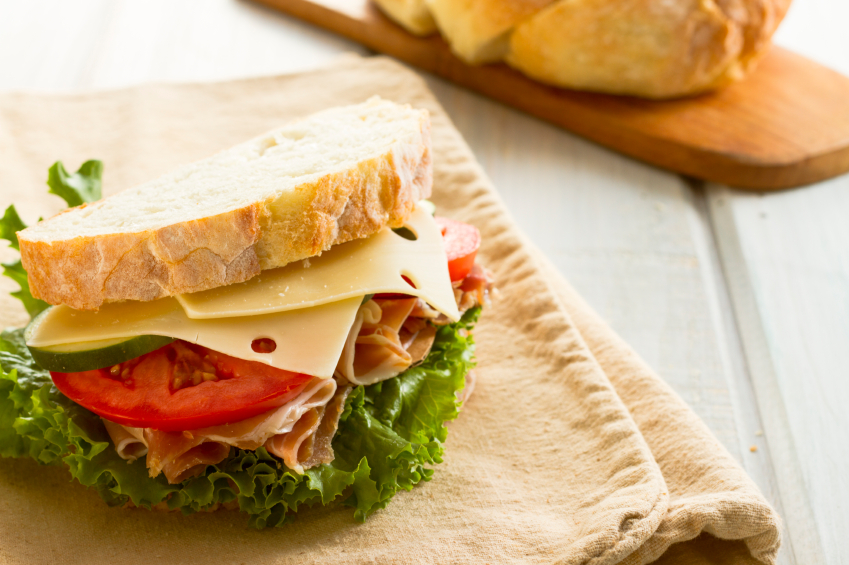Today “gluten free” is all the rage, but what’s the science behind it? Let’s look at the three most common reasons why people follow gluten-free diets.
1. Being diagnosed with celiac disease, which is an autoimmune disorder in where the body triggers an attack on the intestines every time gluten is eaten. This destroys part of the small intestine that absorbs vital nutrients and results in malabsorption. For these people, eating food that contains gluten can cause significant pain. While the disease affects only 1% of healthy, average Americans, 97% of those affected have not yet been diagnosed.
2. Having a gluten sensitivity. While this sensitivity shares many symptoms with celiac disease, it fortunately does not share the same likelihood of intestinal damage.
3. Trying the latest and coolest ‘fad’ diet that received rave reviews for achieving (insert your favorite health claim) Lose Weight! / Eat Healthier! / Improve Skin Quality! People want to improve their health however they can, so why not give this a chance?
Why would someone choose to adhere to a gluten-free diet if they don’t have to? What is “gluten” and when did it get a bad reputation? Let me explain.
Gluten is a protein found in wheat, rye, and barley. Gluten-containing foods provide a rich source of fiber and B vitamins. Doesn’t sound so bad, does it? Well it isn’t, unless you have Celiac disease or a gluten intolerance.
On closer examination of a gluten-free diet, here are some pros and cons for anyone considering giving it a try.
PROS
- Eliminates highly processed foods from the diet.
- Encourages consumption of natural, fresh ingredients.
- Naturally gluten-free foods include vegetables, fruits, olive oil, nuts, beans, lentils, rice, corn, eggs, poultry, fish, meat, milk, yogurt, cheese, and wine. Think of it as a modified Mediterranean diet where the whole grains are made from alternative flours. By cutting out processed junk food, you’ll probably end up losing weight.
- It helps people who have lost weight via malabsorption gain weight back and resume a healthy life.
CONS
- People who believe that switching to gluten-free products is healthier / more optimal for weight loss need to realize that gluten-free breads and bakery products have a higher-fat content that the wheat counterpart.
- May lead to vitamin and mineral deficiencies if a person isn’t consuming a balanced diet.
The key to identifying whether gluten is present in a food item is looking out for these three ingredients on the label: wheat, rye, and barley. Gluten-containing foods include frozen meals, take-out food, breads, pastries, cereals, soups, sauces, chips, and health bars. Luckily, the FDA’s Food Allergy and Consumer Protection Act requires wheat and other common allergens to be listed on food labels.
Whether gluten free or gluten full, try eating a balanced diet of fruits, vegetables, unprocessed meat, fish, low-fat dairy and appropriate grains. While eating gluten free is not a miracle diet and won’t magically melt the pounds away, it does incorporate basic healthy principles and that can work magic for those looking to eat healthier.
Author Aimee Zipkin is a registered dietitian with a passion for delicious food and providing nutrition education. Aimee received her MS in Nutrition and Public Health from Teachers College, Columbia University and completed a rigorous clinical dietetic internship through North Shore-Long Island Jewish Health System. Follow her on Twitter at @AimeeZipkin.
Also Read:
The 7 Best Gluten Free Brands in this $4.2 Billion Industry

